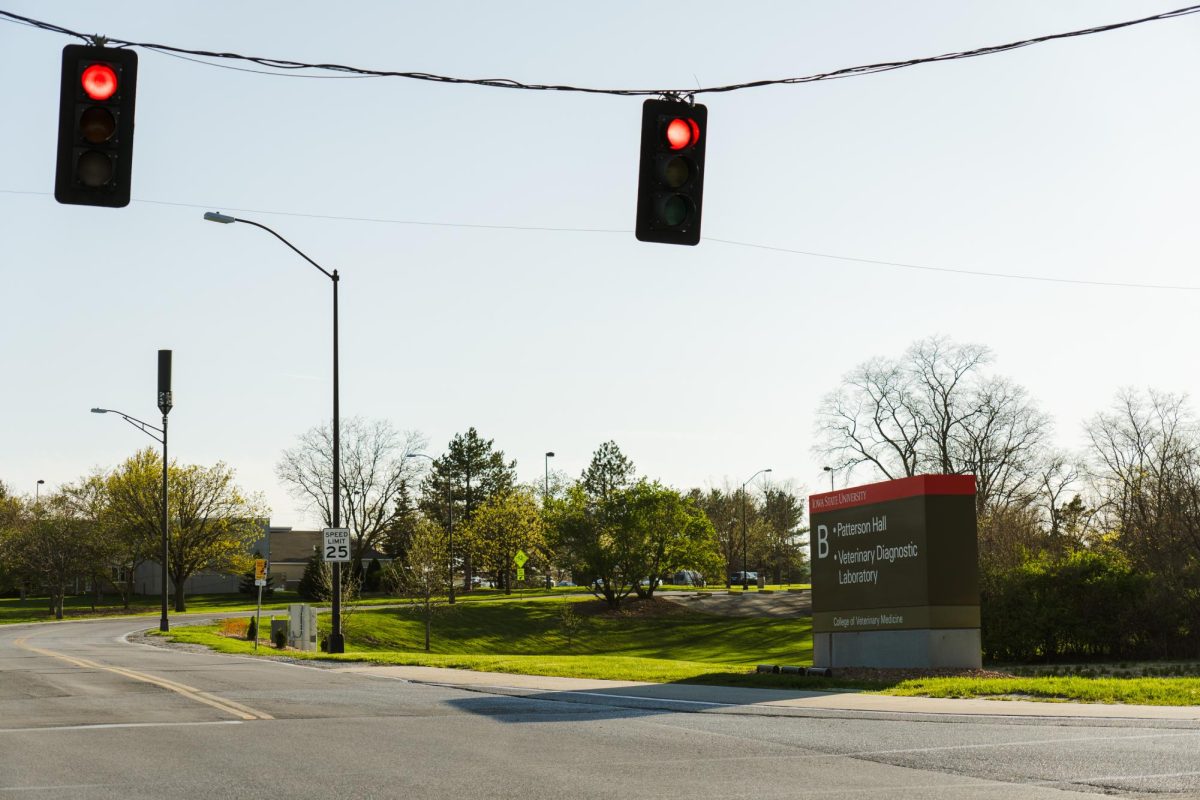Is this art?
February 14, 2008
Is graffiti art? According to Los Angeles native Steve Grody, some of it is.
“There’s a lot of the work that’s not … it’s just garbage,” Grody said. “But those who have stuck around and are really trying to find something – the veterans – that’s art.”
Grody, whose book, “Graffiti L.A.: Street Styles and Art,” was named one of the top 10 books of 2007 by New York magazine, discussed the culture, details and artistic aspects of graffiti in Los Angeles in the Sun Room of the Memorial Union on Wednesday.
From tags to throwups, simple pieces to full-blown productions, Grody identified the facets of each piece that made each distinct from others.
Throughout his lecture, Grody challenged the media conception that graffiti artists and their “crews” are linked to gang activity, saying that real-life artists come from all walks of life.
“There is no shortage of potential … the sociology [of graffiti] is so mixed,” he said. “Within a crew, there are dropouts and people with an M.A. degree.”
Many top artists around the L.A. area specialize in name-writing, in which the artist starts with his “name” – typically a pseudonym – and develops it into a piece with a bold graphical style.
“To a certain person, all graffiti looks the same, as does some modern abstract art,” Grody said. “But after a while you would never confuse them. They’re doing the same things with letter forms that abstract artists were doing – using letters as a springboard for personal creativity.”
Unfortunately, as Internet use has become more widespread, personal creativity has sometimes taken a back seat to “byting” – graffiti plagiarism.
“There are just a few crews in L.A. that actually have raw style … which has evolved from regional style,” Grody said. “The Internet is really a double-edged sword because of byting that goes on.”
During a question-and-answer session, the focus swung to graffiti on the East Coast and in Ames.
Tyler Barrett, senior in political science, asked whether strict anti-graffiti policies in New York City have influenced the progression of graffiti on a broad scale.
Grody said graffiti would be pushed toward the outskirts of the city and taggers would have to be more careful, but the policies would do little to disrupt dedicated artists.
Despite Ames’ nature, Grody said we do see our share of the art form, as the city is blessed with a steady flow of traveling museums.
“I’ve seen some really great stuff go by on trains in town,” he said. “You’ll see some horrible tags, but at times, there is some really good work.”
















